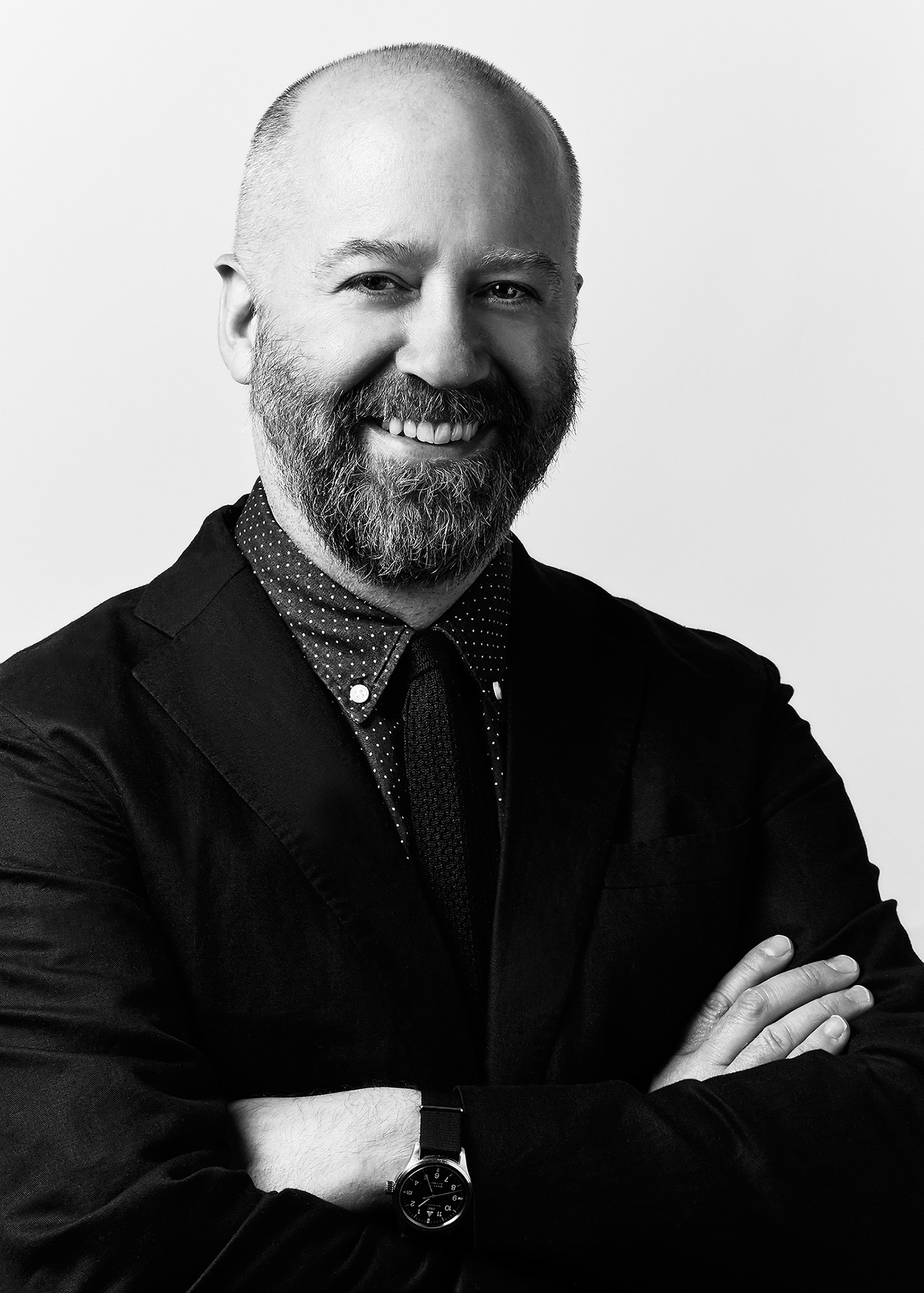Jim Zimmer: Clothing king

When it comes to tailored clothing, Men’s Wearhouse’s veteran clothing buyer Jim Zimmer is the rock star.
“One of the most problematic words in our industry is anniversary,” proclaims Jim Zimmer, veteran clothing buyer for Men’s Wearhouse. “If you always have to ‘anniversary’ something, then you can never make changes. I feel quite progressive in what I do: I’ll make changes when it’s appropriate.”
Zimmer is not kidding when he says that he’s open to change. When MR interviewed him in 2011, he insisted that slim clothing wasn’t happening anywhere outside of New York City. Now, modern-fit clothing comprises 80 percent of the business at Men’s Wearhouse (of that slim fit makes up 25 percent). “The silhouette is becoming very directional: side vent, flat front, slim fit is a growing category for us. It’s mostly 2-button (some 1-button, but no 3-button). I’m also taking a big stance on the ticket pocket,” says Zimmer. ”We just started getting into it for fall ’12. So for spring, I’m making an even bigger push with it (10 to 15 percent of clothing inventory). The customer isn’t asking for it yet, but we’re re-introducing double-breasted styles. We’re big enough where I can test it in select stores and online.”
When asked flat front or pleats, Zimmer replies, “The customer doesn’t care as much about the pant as he does about the jacket. The first thing the salesman does is put the coat on a customer. And if he likes it, then he goes to the dressing room and the salesman gives him the pant. Men should prefer a flat-front pant but for most, it doesn’t really matter. He thinks that whatever comes with the jacket is the right pant.”
A newer program to Men’s Wearhouse is separates (now 20 percent of clothing, projected to be 25 percent). “Five years ago we didn’t carry any separates. Because we had in-house tailoring we didn’t think we needed it. But now it’s a healthy and growing business.”

What frustrates this clothing buyer after more than 35 years in the business? Zimmer is candid: “Jos. A. Bank hurt our industry in so many ways. They’ve been very successful until just recently and I think it’s because the consumer no longer wants what they’re selling (center-vent, pleated clothing). They forced us to go into BOGO and raise our ticket prices. I look back to 20 years ago and we’re selling goods out-the-door at basically the same prices. We’re probably making it better now, so even though it’s a higher ticket, we’re still offering amazing value. Our roots are everyday low price, and we recently started doing markdowns so customers can just buy one suit, instead of two. [Markdowns] are a small portion of our inventory, but growing.

Men’s Wearhouse is famous for its corporate culture, for which Zimmer totally credits his brother, George. “We host 36 holiday parties in the United States, and if he could, he’d go to all of them. (He attends at least 12 a year.) Working in retail is a tough job and we’ll do things like offer store employees a free tuxedo rental to 



